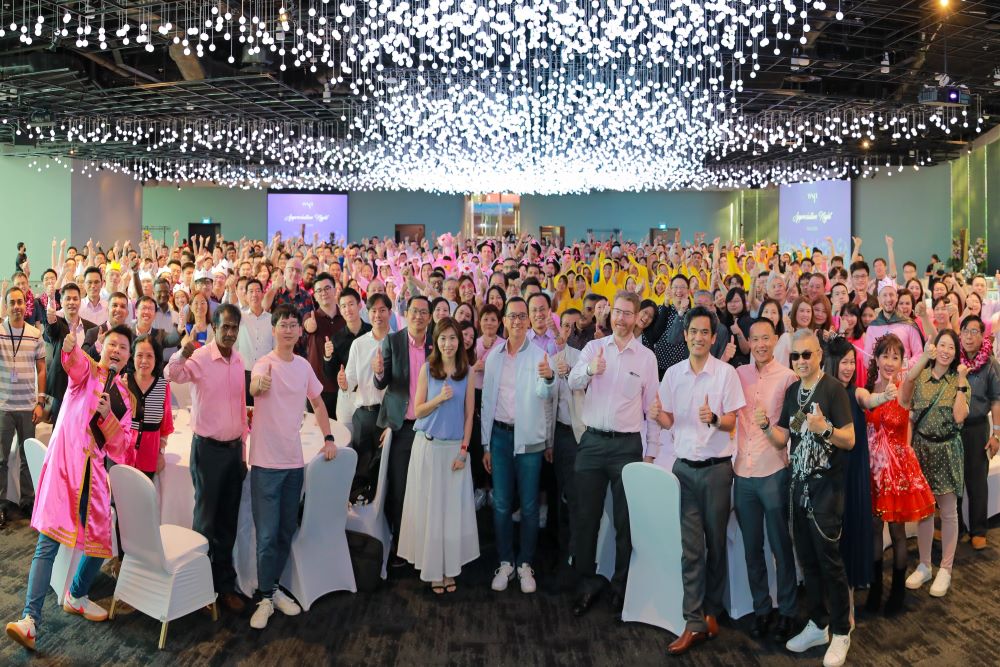Potential Pitfalls in Menu Planning for Dinner Events
Menu planning for a dinner event is an intricate task requiring attention to detail, creativity, and foresight. However, even with the best intentions, several things can go wrong. Here are some common pitfalls and tips on how to avoid them to ensure your event is a success.
1. Ignoring Dietary Restrictions
What Could Go Wrong:
Failing to account for guests’ dietary restrictions can lead to uncomfortable or even dangerous situations. Allergies, intolerances, and dietary preferences (such as vegan or gluten-free diets) need to be considered.
How to Avoid It:
Communicate early and often. Request dietary information during the RSVP process and plan your menu to include options that cater to these needs. Clearly label all dishes to prevent any accidental consumption of allergens.
2. Inadequate Food Quantities
What Could Go Wrong:
Running out of food can leave guests hungry and unhappy, casting a negative shadow over the entire event.
How to Avoid It:
Overestimate your portions. It’s better to have too much food than too little. Consult with your caterer to ensure you have enough to serve everyone, taking into account the length of the event and the number of courses.
3. Poor Timing of Courses
What Could Go Wrong:
Improper timing between courses can lead to long waits or rushed eating, disrupting the flow of the evening and frustrating guests.
How to Avoid It:
Create a detailed timeline. Work with your caterer to plan the timing of each course, allowing enough time for guests to enjoy their meals without feeling rushed. Ensure service staff are well-coordinated and adhere to this schedule.
4. Unbalanced Menu
What Could Go Wrong:
A menu lacking variety in flavors and textures can become monotonous, leaving guests unsatisfied.
How to Avoid It:
Balance your offerings. Include a mix of savory, sweet, spicy, and tangy flavors. Combine different textures, such as crispy, creamy, and chewy, to keep the dining experience interesting.
5. Complicated Dishes
What Could Go Wrong:
Overly complex dishes can slow down service, increase the risk of errors, and make it difficult for guests to enjoy their meals.
How to Avoid It:
Keep it simple but elegant. Opt for dishes that can be prepared and served efficiently without sacrificing quality. Simple, well-executed dishes are often more appreciated than overly intricate ones.
6. Food Safety Issues
What Could Go Wrong:
Foodborne illnesses are a major concern. Improper handling, cooking, or storage of food can lead to guests becoming ill.
How to Avoid It:
Prioritize food safety. Ensure your catering team follows all food safety protocols, including proper storage temperatures and hygiene practices. Regularly monitor the handling and preparation of food.
7. Mismatch with Event Theme
What Could Go Wrong:
A menu that doesn’t align with the event’s theme can create a disjointed experience and confuse guests.
How to Avoid It:
Align with the theme. Design your menu to complement the event’s theme. For example, a tropical theme might feature seafood and exotic fruits, while a winter wonderland theme could include hearty, warming dishes.
8. Insufficient Beverage Options
What Could Go Wrong:
Limited or poorly chosen beverage options can detract from the meal, leaving guests thirsty or dissatisfied.
How to Avoid It:
Offer a variety of beverages. Provide a range of alcoholic and non-alcoholic options that pair well with your menu. Consider wine, beer, cocktails, and mocktails, as well as water and soft drinks.
9. Untrained Staff
What Could Go Wrong:
Inexperienced or untrained staff can result in poor service, leading to a negative dining experience for your guests.
How to Avoid It:
Hire experienced staff. Ensure your service team is well-trained and knowledgeable about the menu. Conduct a briefing before the event to address any questions and align on expectations.
10. Overlooked Presentation
What Could Go Wrong:
Even the best-tasting food can fall short if it’s not visually appealing. Poor presentation can diminish the overall dining experience.
How to Avoid It:
Focus on presentation. Pay attention to plating, garnishes, and the overall look of each dish. Beautifully presented food enhances the dining experience and can make even simple dishes seem special.
11. Inadequate Coordination with the Event Schedule
What Could Go Wrong:
If the meal service isn’t well-coordinated with the event’s schedule, it can cause delays or interruptions in planned activities.
How to Avoid It:
Coordinate closely with the event planner. Ensure that meal times are synchronized with speeches, performances, or other activities. A well-integrated schedule helps the event flow smoothly.
12. Ignoring Guest Feedback
What Could Go Wrong:
Failing to take guest feedback into account can lead to repeated mistakes in future events and diminish guest satisfaction.
How to Avoid It:
Solicit and act on feedback. After the event, ask guests for their opinions on the menu and service. Use this feedback to improve future events and show guests that their opinions matter.
By anticipating these potential pitfalls and planning accordingly, you can ensure that your dinner event runs smoothly and that your guests have an enjoyable and memorable experience. Remember, thorough preparation and attention to detail are key to successful menu planning.
To head back to read another article in our blog, click here.

